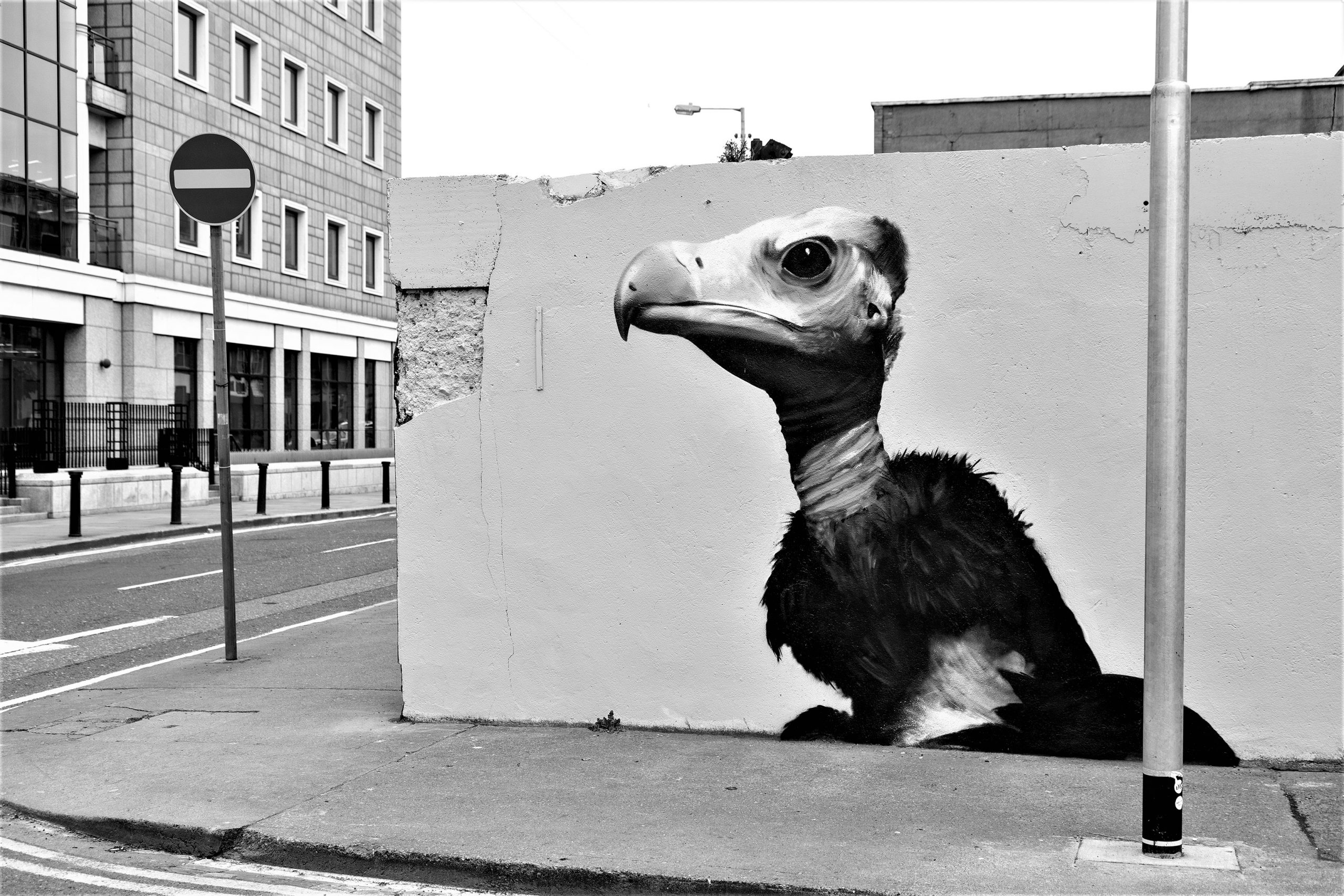When Cerberus acquired a massive €1.3 billion bundle of distressed debt from Ulster Bank in December 2014, the international vulture fund mirrored the same structures and strategies that it had utilised on other portfolios snapped up in the aftermath of the financial collapse. First, it incorporated a new special purpose vehicle, in this case Promontoria Aran, to hold the assets, before hiring a servicing agent, Link, to effectively manage the loans. It then loaded the new SPV up with debt – some funnelled from a Cerberus company in the Netherlands, topped up with cheap debt from an external lender (Deutsche…
Cancel at any time. Are you already a member? Log in here.
Want to read the full story?
Unlock this article – and everything else on The Currency – with an annual membership and receive a free Samsonite Upscape suitcase, retailing at €235, delivered to your door.

